
COVID-19 has been in our newspapers and news bulletins for over four months now. We have all suddenly become ‘infectious diseases experts’ and have an opinion on the virus.
In Australia, as cases of the virus decline, so too is media coverage. There is now greater capacity to tell non-coronavirus medical stories.
A London Agency analysis from a few weeks ago found that media coverage on COVID-19 dips on the weekends, but is overall coverage dwindling as well?
We looked at our media monitoring software Meltwater to get a sense of the direction in which the volume of COVID-19 coverage is going. Is it going up, now that we are often talking about vaccines and treatments, or is it going down, as the novelty has worn off and we are getting tired of hearing about it?
The graph below shows the number of daily articles published containing the word “COVID-19” or “coronavirus” in the title of the print / online article.
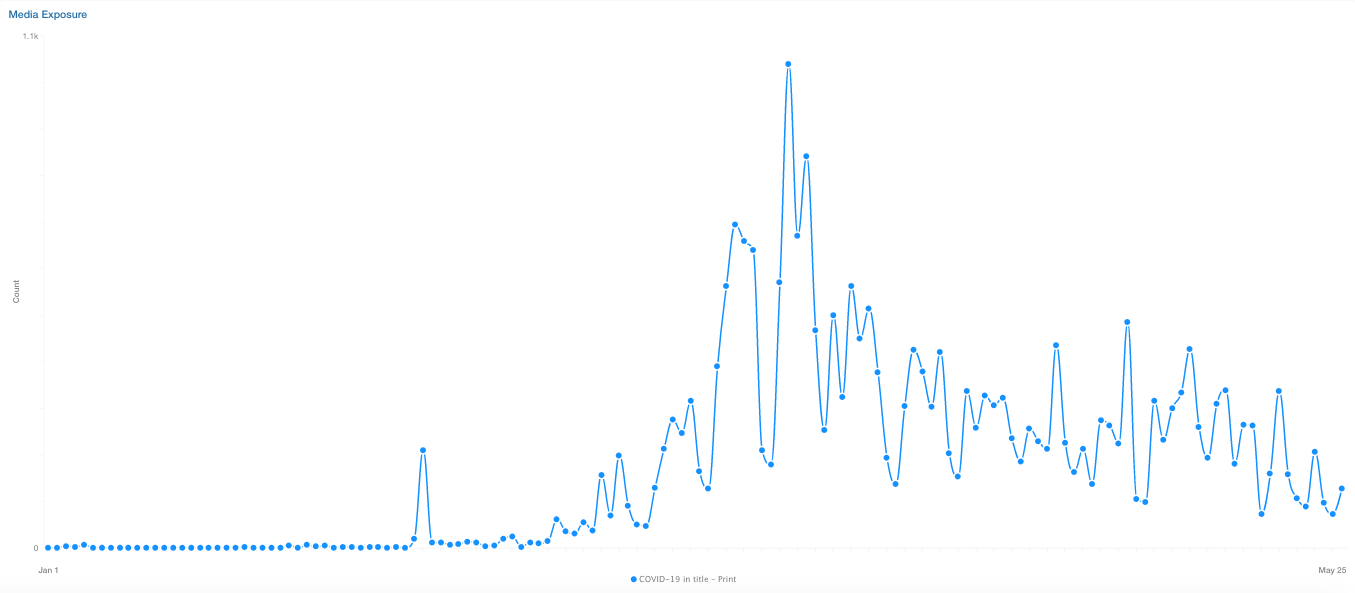
The peak for COVID-19 coverage was 24th March 2020, with more than 1,000 pieces of print / online news published in Australia and New Zealand. It is also clear that the number of daily news articles is slowly going down.
Now, we compare this curve with that for the number of print / online news stories containing the word “COVID-19” or “coronavirus” in any part of the article (not just in the title). This makes the search broader and means that stories that aren’t 100% virus-focussed will be captured.
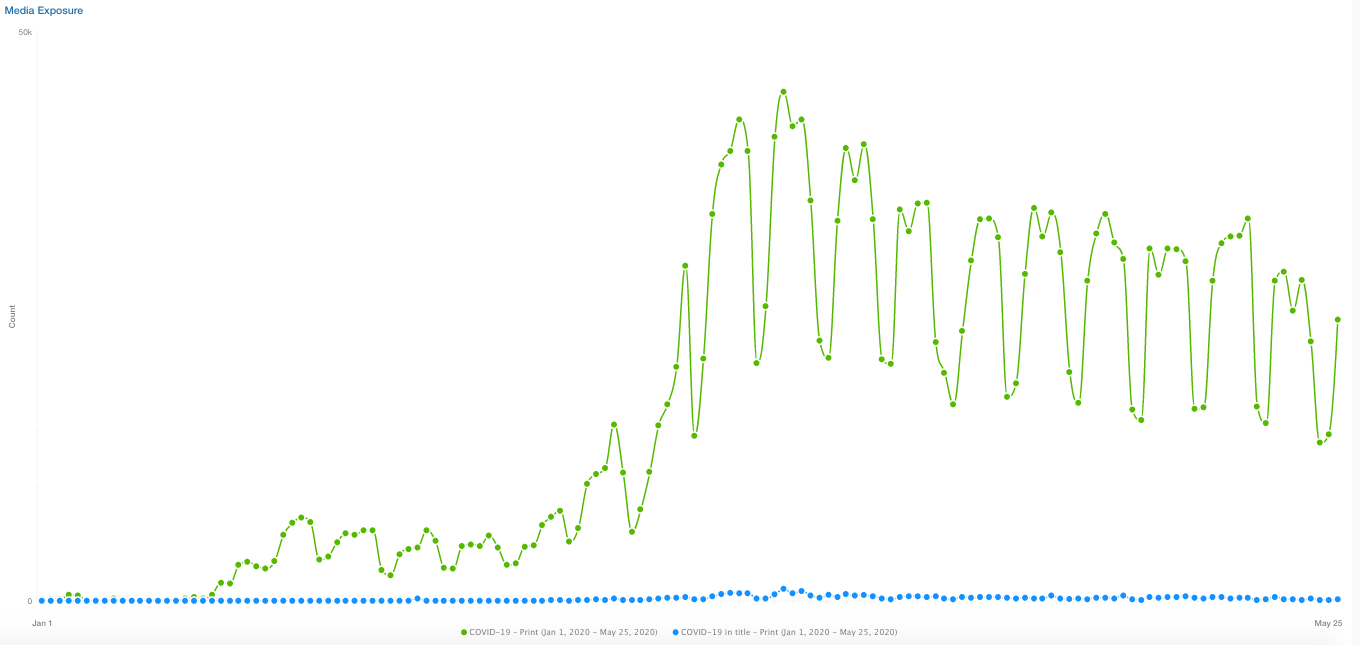
The blue curve represents the Media Exposure for the number of news stories with “COVID-19” or “coronavirus” in the title. It is dwarfed by this new green Media Exposure curve.
Although “COVID-19” might not be in the title of a news story, it has become our everyday and is an essential part of the conversation. The virus is somewhat a normal part of our vocabulary. All roads lead to coronavirus and for the past months, there has been only one story. Even stories that aren’t about coronavirus have a COVID-19 dimension. No wonder we’re all feeling so sick of it.
Finally, we look at print / online (green) versus broadcast TV and radio (orange) for stories containing the keywords “COVID-19” or “coronavirus”.
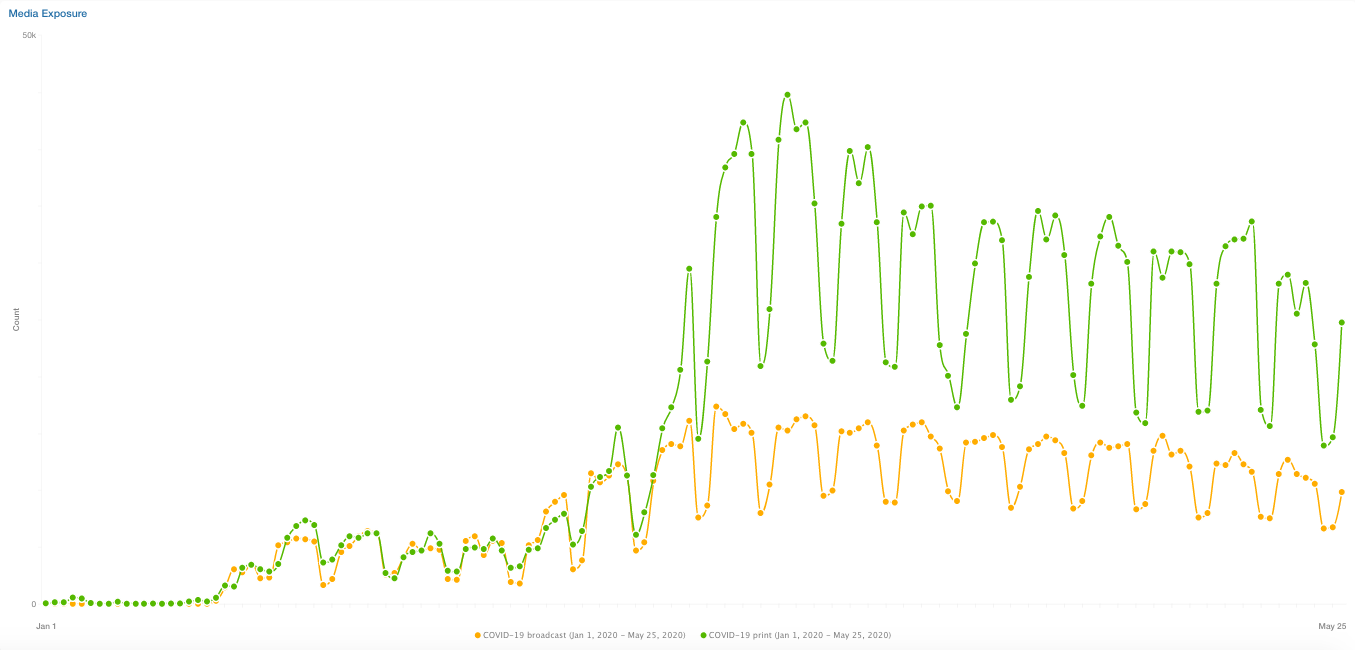
The volume of news stories for broadcast is lower than for print / online, with a gentle decrease in daily media mentions of the virus.
Media fatigue has never been so severe, however we see it in other areas: it occurs around elections, Christmas and Awareness Days.
A possible example: it is World Cancer Day. Health reporter and editors receive dozens of news stories about cancer the week before. Although there is an expectation they will report on this event, they could be experiencing media fatigue towards the topic. This means that the likelihood of your news story on cancer being published can be lessened, unfortunately.
The London Agency team conducted an unscientific experiment to monitor the media for COVID-19 stories. For four days, we watched the 5pm and 6pm news, and reviewed The Age and the Herald Sun to observe the prevalence of the virus.
The big medical story that week was the link between Type 2 Diabetes and other chronic illnesses such as cancer and dementia, which was covered by all the outlets we reviewed on Monday 25th May. We found that the Herald Sun was reporting less on COVID-19 than The Age. A symptom of COVID-19 media fatigue?
The good news is that cute animals are back. Some adorable koalas and wombats took centre stage of our newspapers.
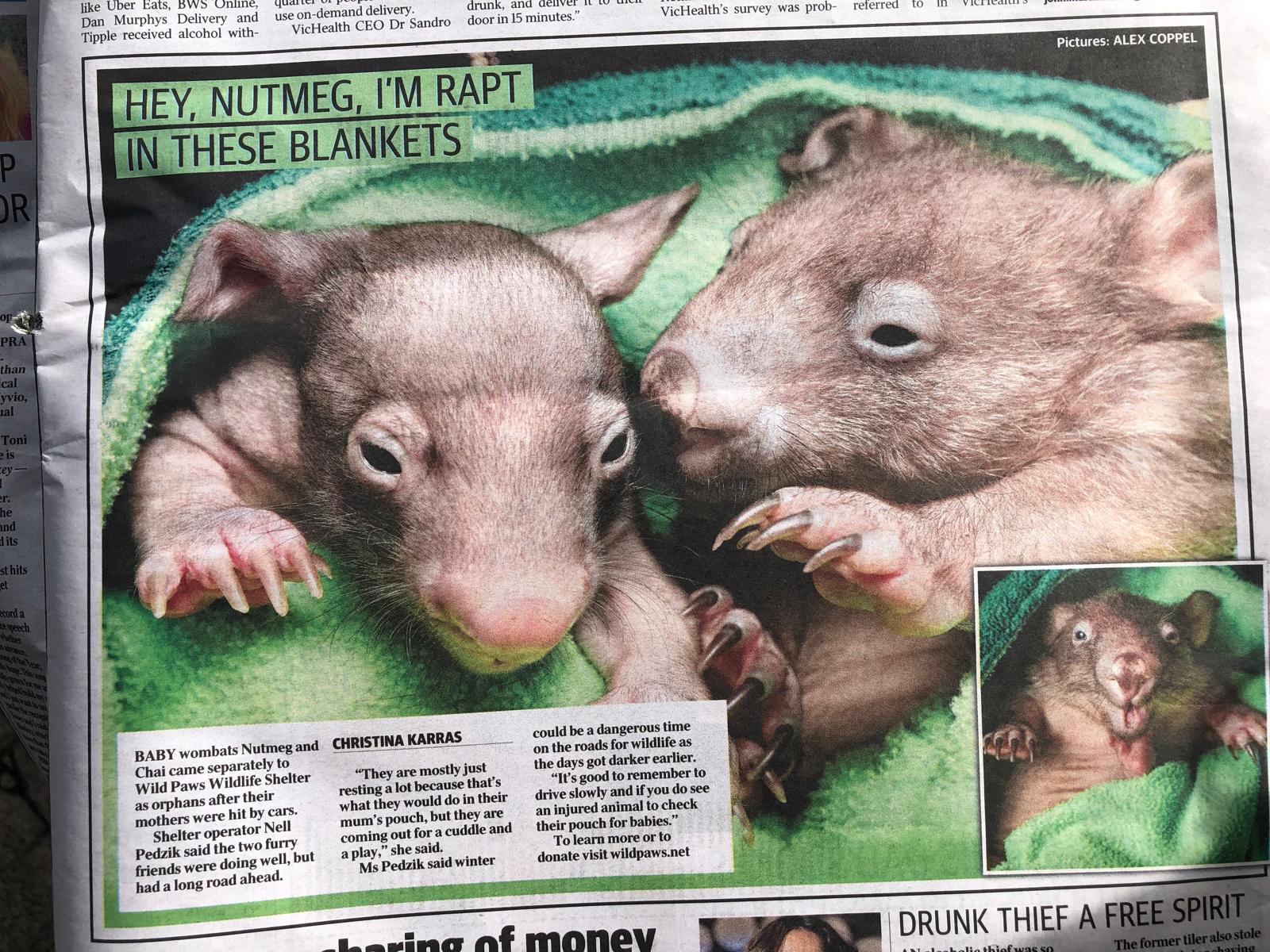
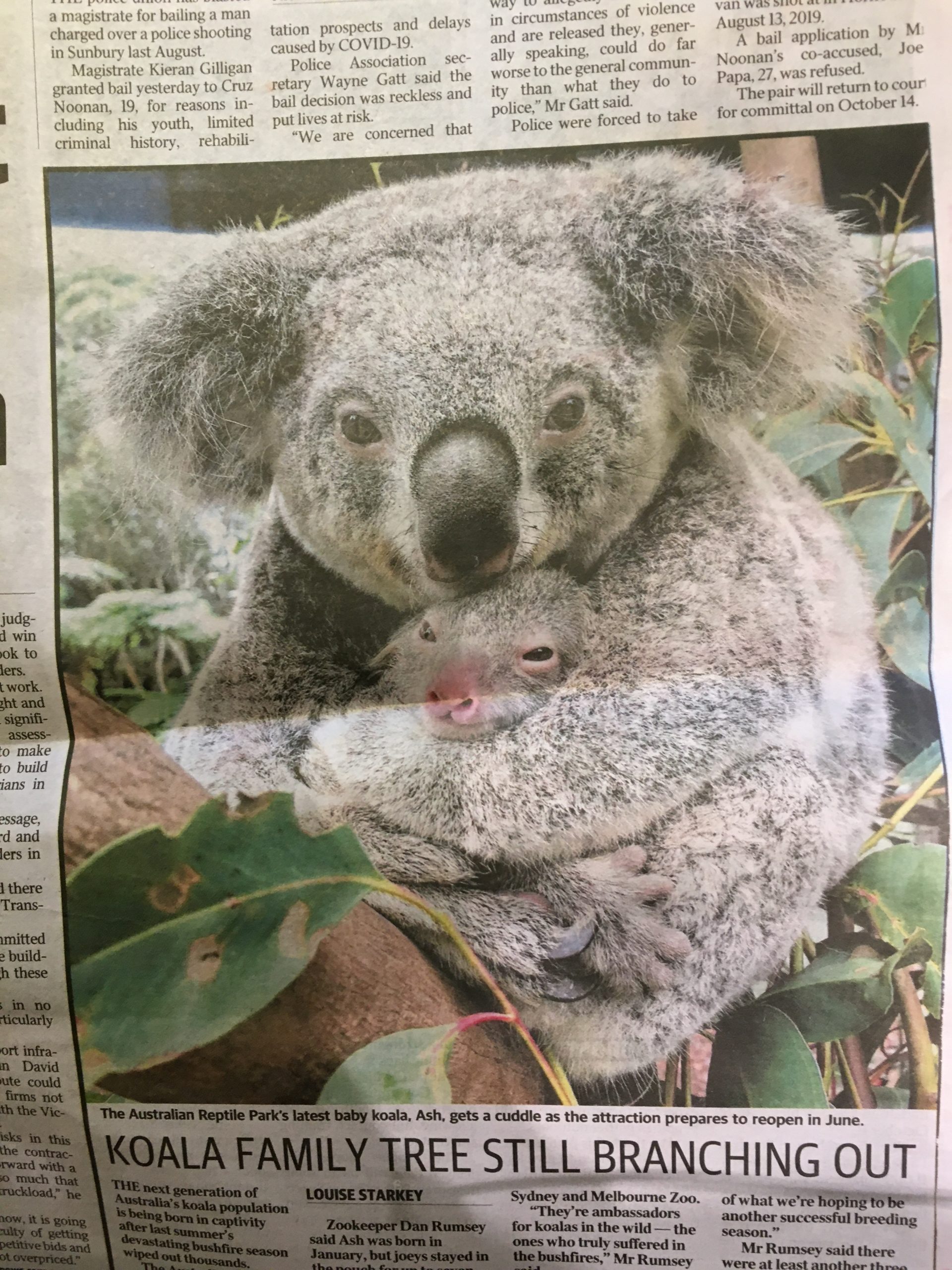
Most importantly, we noted that there was room for more medical and health news stories, as there were gaps in the evening news bulletins on Wednesday 27th May and Thursday 28th May.
Monday 25th May:
Tuesday 26th May:
Wednesday 27th May:
Thursday 28th May:
There is a gap for good, visual health news stories as COVID-19 news slows down and media fatigue kicks in.
If you are planning on conducting earned media activities for your brand or disease area of interest, we suggest doing it now. Journalists want to work on something different, and the public wants to hear something new. Refer to this London Agency earned media checklist to assess whether you are ready to go.
Sign up to our weekly analyses and healthcare industry articles by getting in touch at: [email protected]